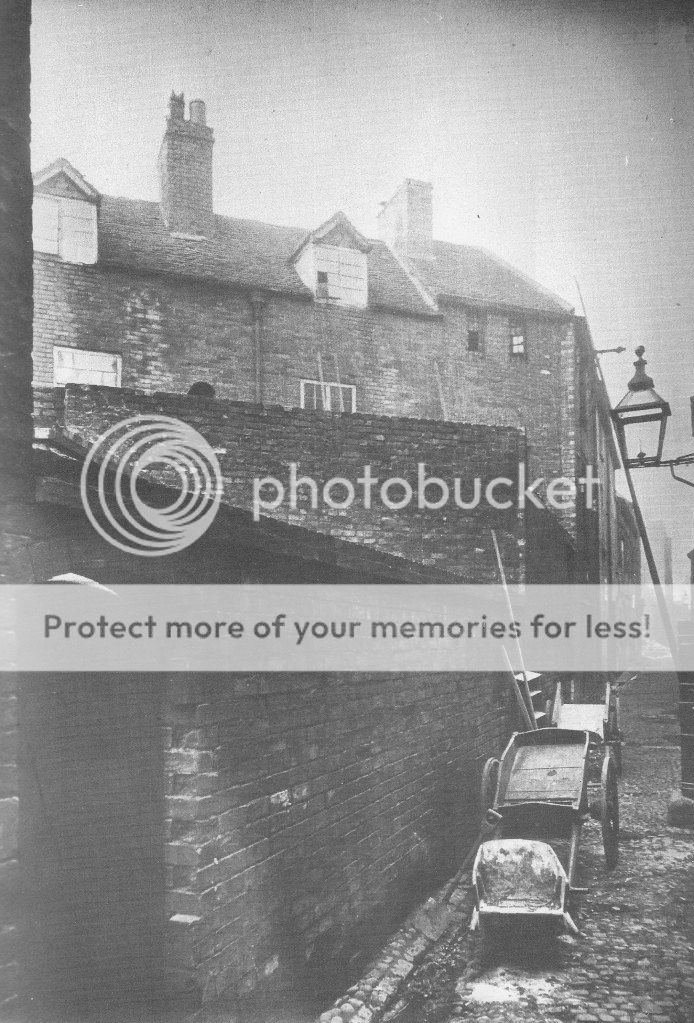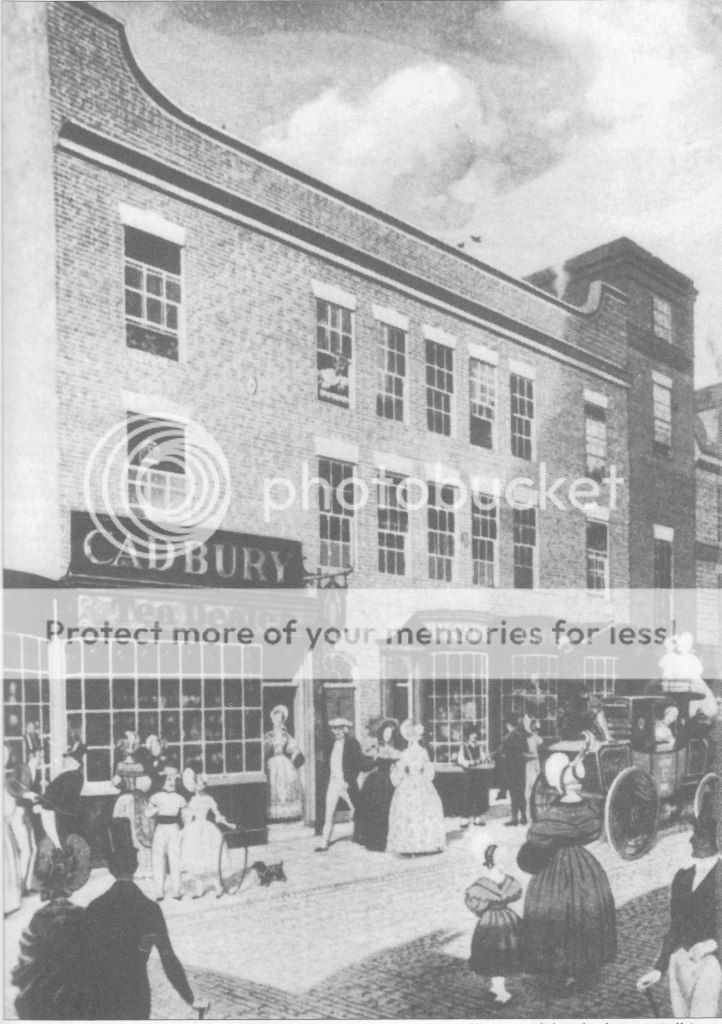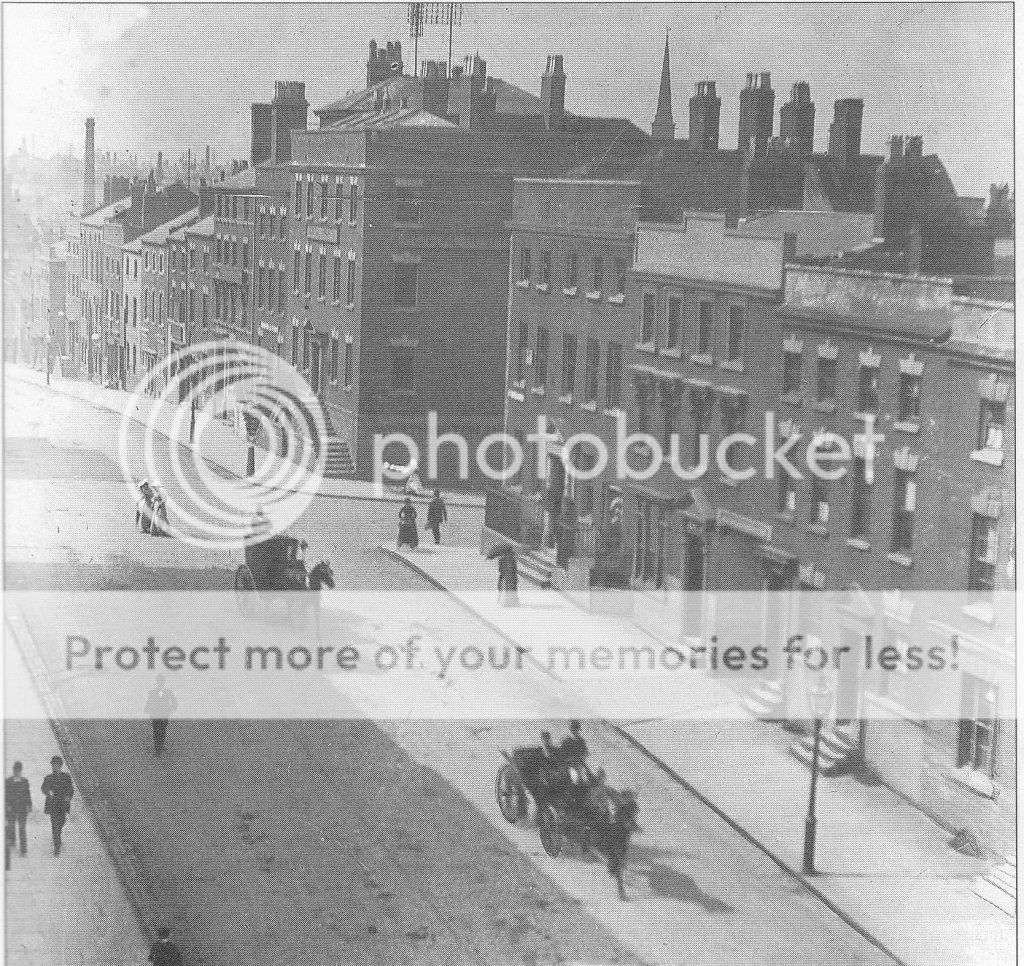thats brilliant edcartermo...i misread the 1892 kelly for no 94 so ive edited my last post..so if william hunt funeral was there in 1869 and ive got him there in 1892 revelopement must have taken place after 1892..no much after though...thanks for your input...
lyn
lyn






